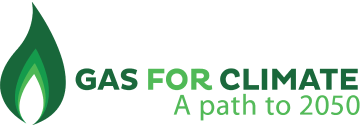- New Gas for Climate report shows market overviews and trends related to the scale-up of biomethane and green and blue hydrogen in Europe.
- Biomethane is scaling up rapidly at decreasing costs. A wave of blue and green hydrogen projects is expected within the coming years.
- 15% growth in grid-transported biomethane in 2018 alone, with now 65% of biomethane produced from biowaste and bio-residues.
A new report published by the Gas for Climate consortium launched today. This market state and trends report provides a unique review of current biomethane and green and blue hydrogen markets in Europe. The report, developed by Guidehouse, describes key market trends and highlights leading project examples.
Biomethane production is scaling up rapidly, with an increased share of biowaste and bio-residues as feedstock, while production costs are starting to decrease, and grid injection levels are increasing. Many green and blue hydrogen projects are described in the report. These projects focus on scaling up hydrogen demand in new industrial sectors, exploring hydrogen use in heavy transport, or aim to decarbonise existing grey hydrogen demand. The report also highlights how existing gas infrastructure is increasingly being used to transport biomethane and is being prepared to transport hydrogen. Several showcase projects focus on enabling renewable and low-carbon gas transport; this is significant because it shows how gas infrastructure can accelerate the scale-up of hydrogen and biomethane.
All these developments provide a solid basis to achieve the EU 2030 decarbonisation target and show that industry is ready to scale up biomethane and hydrogen. Regulatory certainty would help to accelerate ongoing developments and spur investments. In January 2021, Gas for Climate will publish a policy paper which calls for a mandatory renewable gas target. Such a target would further boost the identified trends that are needed to stay on track for the decarbonisation of the European energy system.
Download the report or visit the dynamic Market State and Trends report here.

